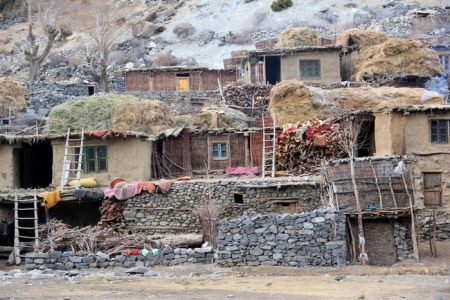
.jpg)
Shigar is located in one of the most remote and dramatic parts of North Eastern Pakistan. It is situated on the banks of the Indus River in the 170km long Shigar Valley at a height of 2,291m (7,516 ft), just 32km north east from the district headquarters of Skardu, in the province of Gilgit-Baltistan. Shigar is the largest and most significant settlement in the Shigar Valley which is famous for its trekking and mountaineering routes into the high Karakoram ranges and home to the world’s second highest peak K2 and other 8000m three peaks named Broad Peak, Gasherbrum-I & Gasherbrum-II, mountains. And there are many 6000m to 7000m peaks including the beautiful Trango Tower, Nameles, Uli Biafo, Shipton, Latoq peaks. In addition to its dramatic natural beauty, Shigar has a rich and diverse cultural tapestry with its cultural heritage dating back to 5th century Buddhism and the ancient Hunza dynasty of the 11th century when Shigar and the surrounding valley were a separate Kingdom and home to generations of the Amacha Royal Family. The population of Shigar is approximately 62,707 (1242 households, 20 villages) in an area of 16km. The people of Shigar are peaceful, hospitable, friendly with the majority being ‘Balties’ speaking the Balti language, an archaic form of the Tibetan language. There are small concentrations of Yashkun, Shins, Kashmiris and Pathans. Poverty is prevalent in Shigar with the community facing many environmental, health and education problems due to lack of resources and inadequate institutional capacity. Unlike other towns in the Shigar Valley which rely on valuable trekking dollars Shigar has an agro based economy with over 96% of households earn a living solely from farming (wheat, barley, fodder crops and apricots). Only 4% of the community is engaged in other forms of employment. Currently government office jobs provide the second major form of employment, followed by commercial activity, trading, crafts and tourism.
